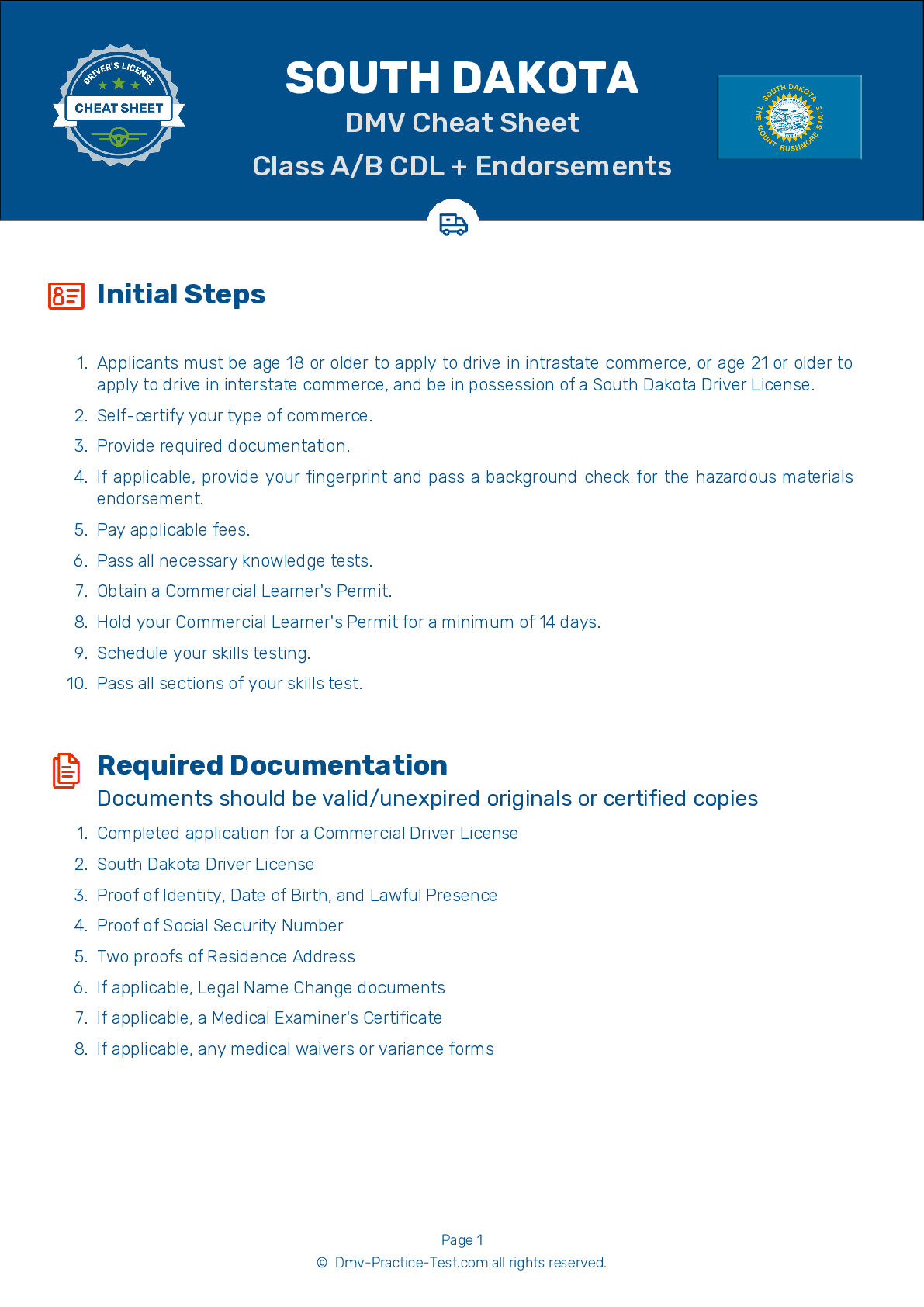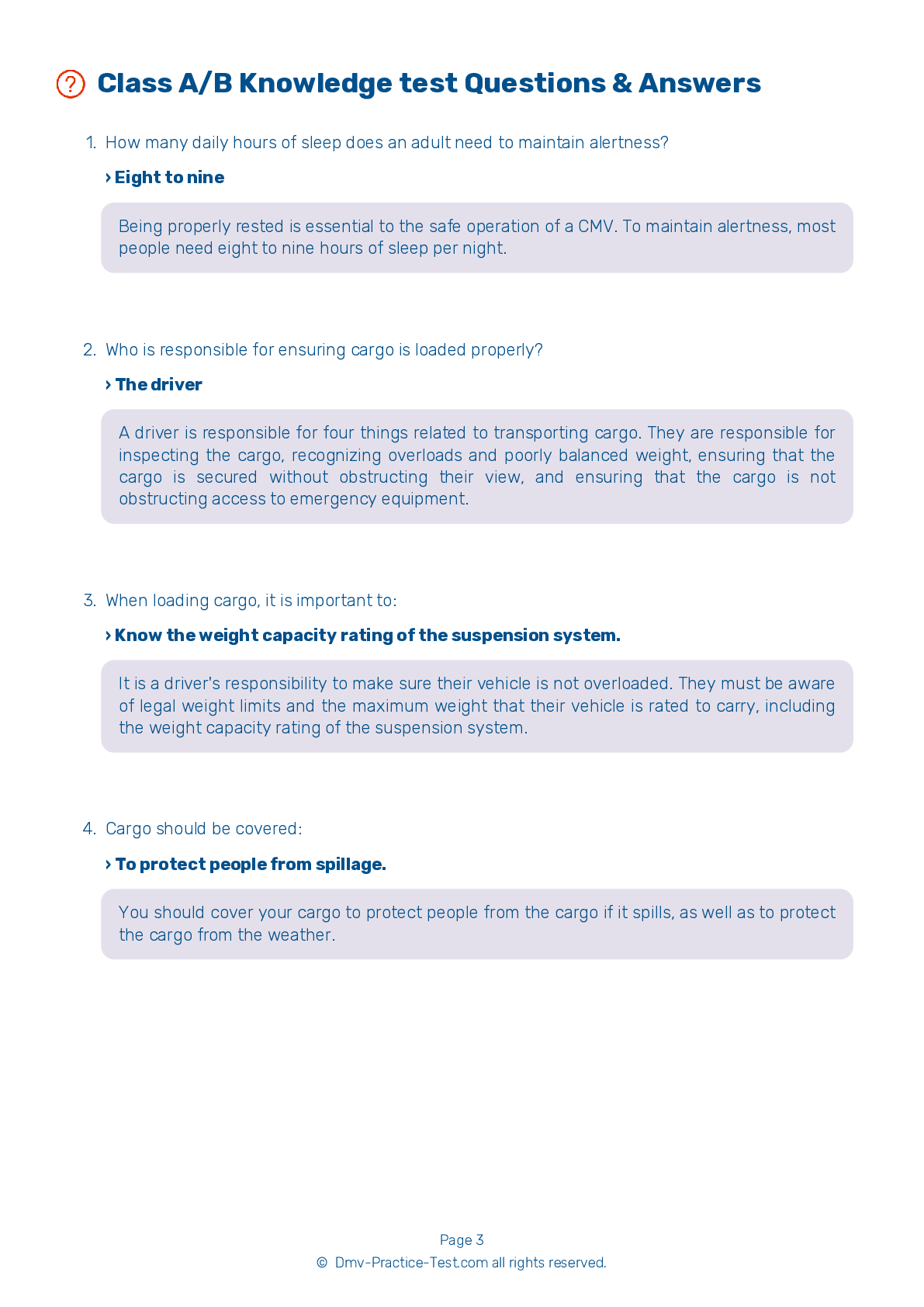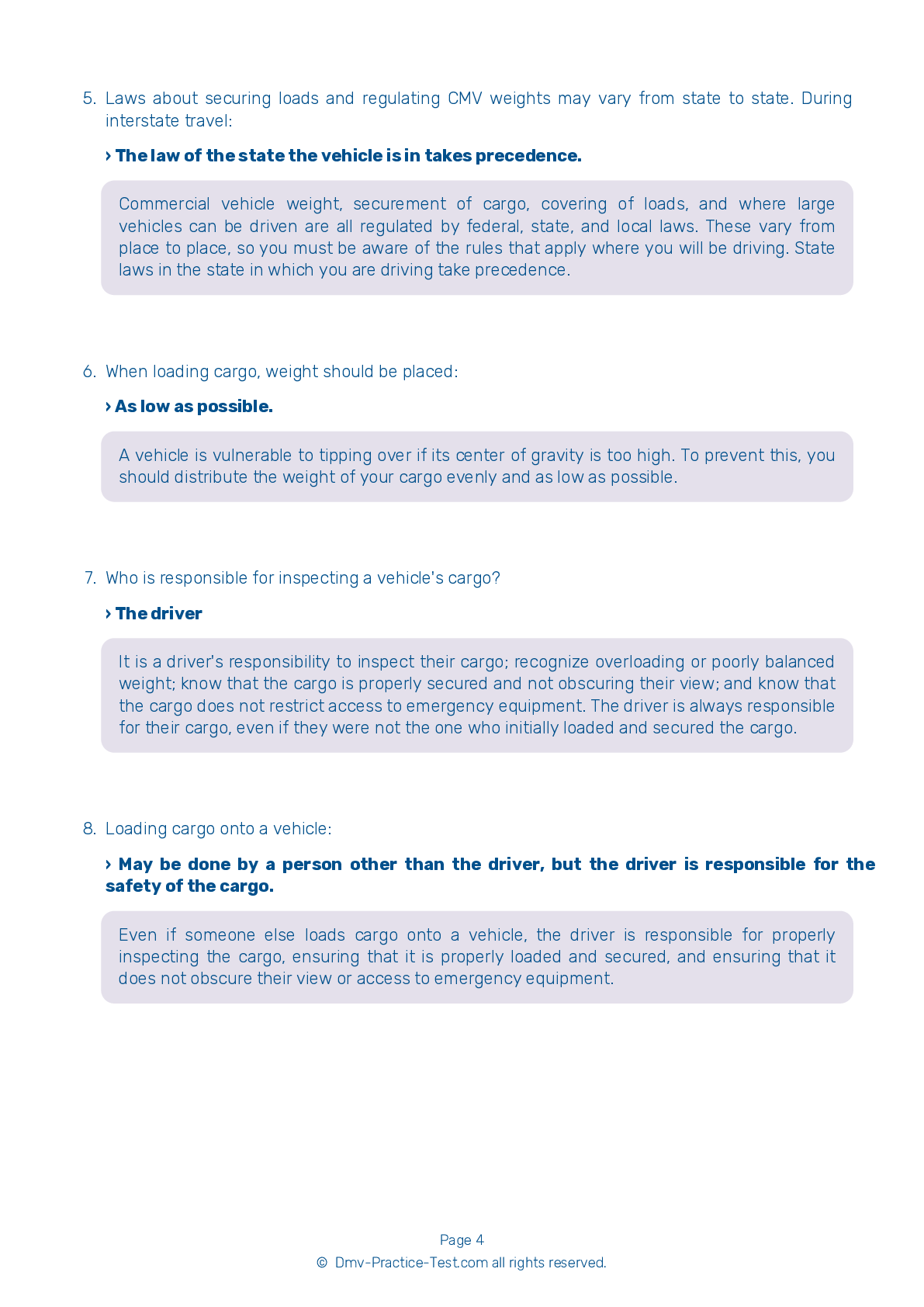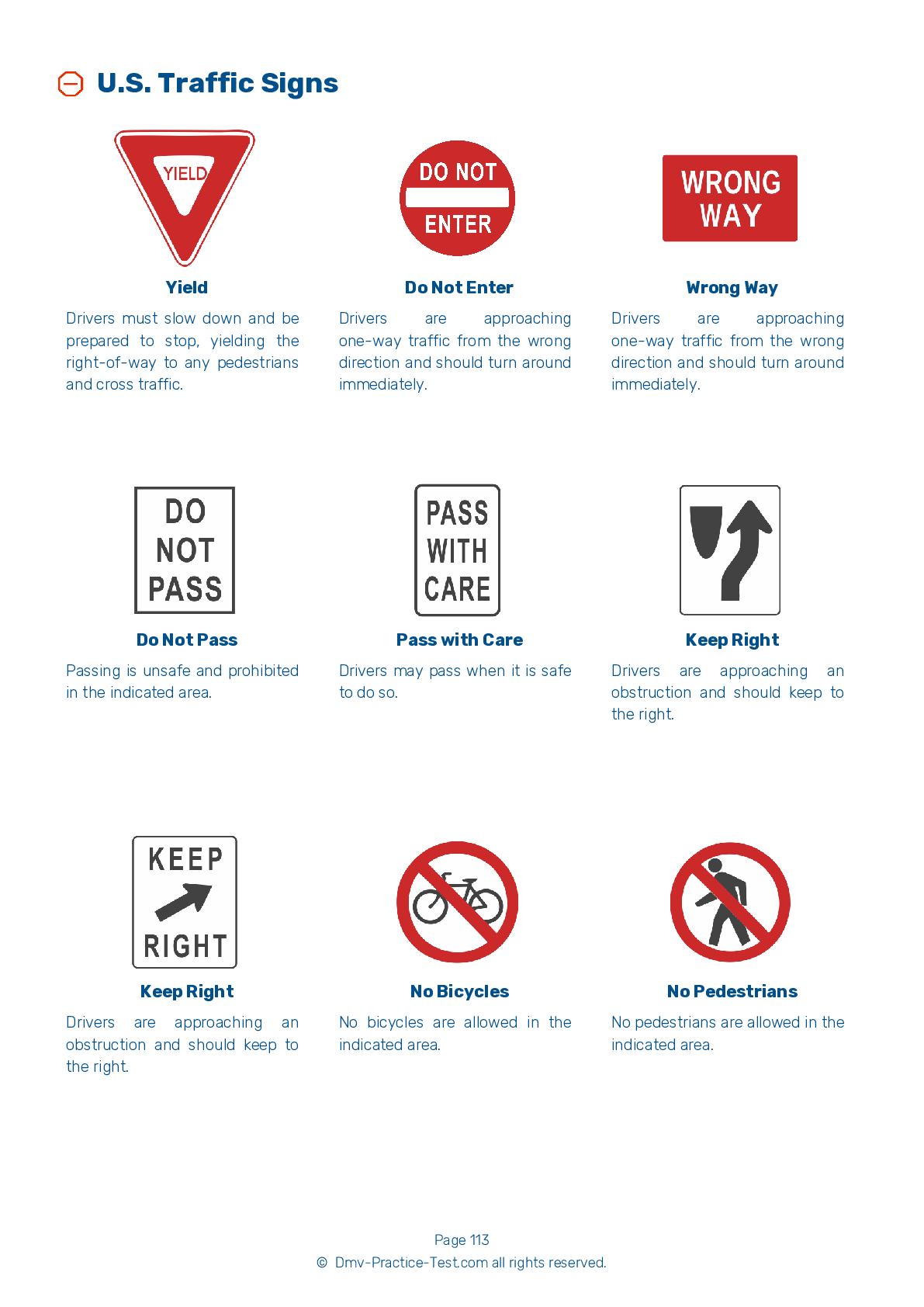Class B Driving Test | South Dakota 2025 #1 Page 5 of 7
Train for FREE online with our South Dakota class B license test. The official exam test consists of several obligatory parts, with all of them checking your knowledge of different blocks of road rules. If you need to obtain a SD CDL class B permit in 2025, practice as much as possible. Free sample tests published on our website will help you check and improve your knowledge and boost your grades. Please bear in mind that CDL class B requirements may vary from state to state.
29 . If you are being tailgated, you should:
If you are being tailgated, it is best to allow more room to open up in front of your vehicle. This will help you avoid the need for sudden stops, which could result in the tailgater rear-ending you, and will make it easier for the tailgater to pass. Speeding up may only make things more dangerous by prompting the other driver to continue tailgating you at a higher speed.
30 . If you’re feeling tired before a drive, you should:
Stimulant drugs, including caffeine, are not helpful as a way of avoiding fatigue. They may help keep you awake, but will not make you any more alert. Feeling tired is a sign that your body needs sleep, and the only way to properly address it is to stop driving and get some sleep.
31 . In hot weather, spots on the pavement where tar is bleeding:
Tar in road pavement often rises to the surface of the road, or "bleeds," in very hot weather. Watch for such areas because they can be very slippery.
32 . A low air pressure warning signal should activate:
In an air brake system, a low air pressure warning signal must come on if air pressure in the tanks falls below 60 psi. This warning signal may come in the form of a light, a buzzer, or a wig wag.
33 . When checking power steering hoses during a pre-trip inspection, you should look for:
When doing a pre-trip inspection on a vehicle with power steering, be sure to check the hoses, pumps, and fluid level. In particular, you should check the hoses for leaks.
34 . When coming to a stop, you should apply the brake pedal by:
When stopping, you should push the brake pedal down gradually. Braking gradually will help you to maintain proper control of your vehicle.
35 . Which of the following is not a reason to cover cargo?
You should cover your cargo to protect people from the cargo if it spills, as well as to protect the cargo from the weather.
See the exact questions that will be on the 2025 South Dakota DMV exam.
99.2% of people who use the cheat sheet pass the FIRST TIME
Lillian MCcranie explains how our CDL study guide was helpful in passing the exam and recommends it to everyone.
Cameron tells us how he purchased the CDL exam, and found it to be a useful tool which helped him pass the exam and find a job.



